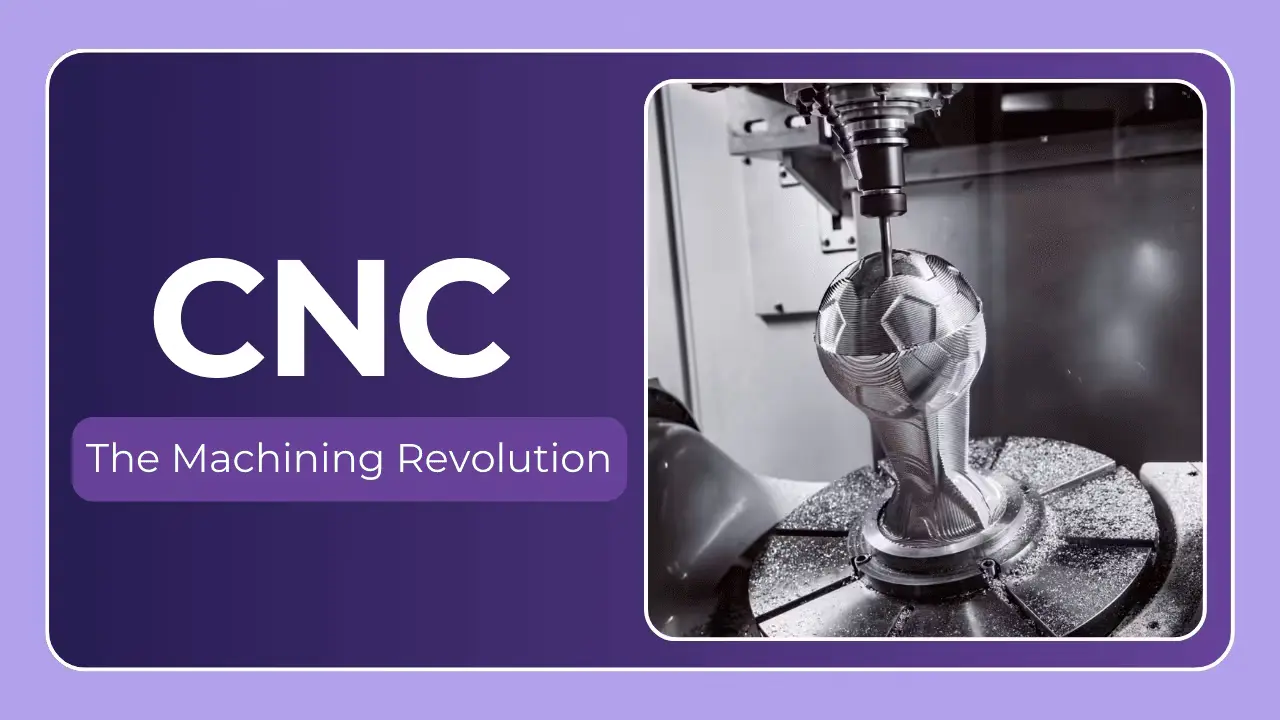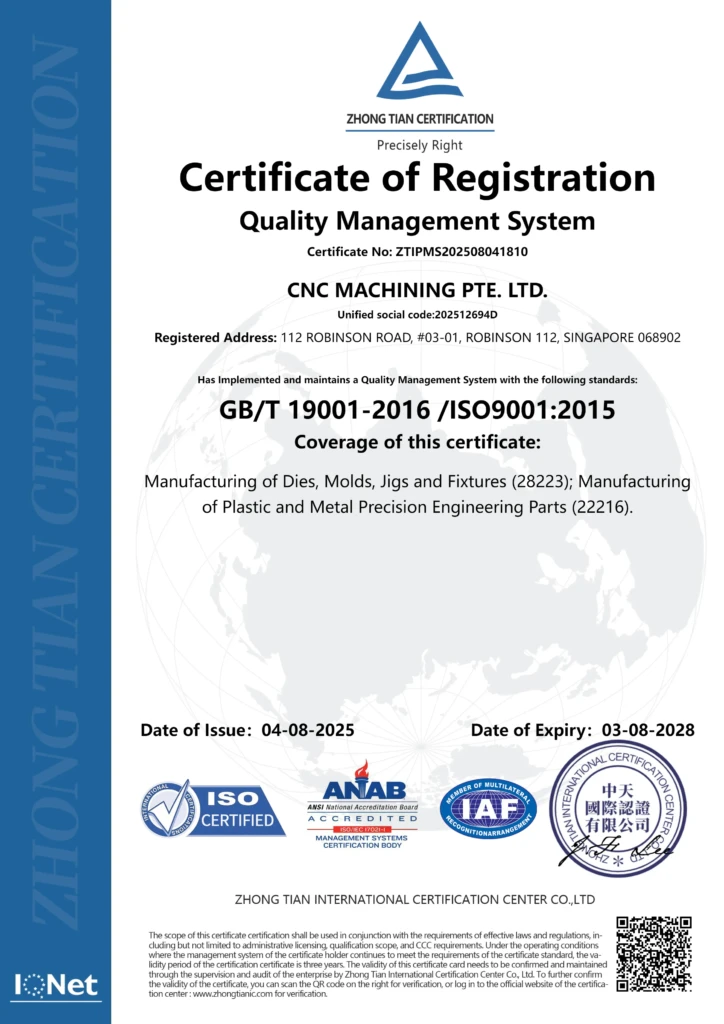What is Optimizing Prototype Production?
Prototype production is the process of creating early samples or models of a product to test and validate design concepts, functionality, and manufacturability before full-scale production. Optimizing prototype production involves refining this process to achieve higher precision, efficiency, and cost-effectiveness. This optimization ensures that prototypes closely resemble the final product, reducing errors, minimizing material waste, and accelerating development cycles.
Key Components of Optimized Prototype Production
- Precision and Accuracy: Achieving tight tolerances and intricate geometries to replicate the final product’s design.
- Efficiency: Reducing lead times and production costs through streamlined processes.
- Material Versatility: Using diverse materials, such as metals, plastics, and composites, to meet specific project requirements.
- Advanced Technologies: Employing cutting-edge tools like 3D printing and 5-axis CNC machining.
- Scalability: Preparing prototypes for smooth transition to mass production.
Why Optimize Prototype Production?
Optimizing prototype production is essential for modern industries seeking to maintain competitive advantages in today’s fast-paced market. The benefits include:
1. Cost Savings
Efficient prototype production minimizes material waste and labor costs, resulting in significant financial savings. By identifying and resolving design flaws early, companies avoid costly rework during mass production.
2. Enhanced Product Quality
High-quality prototypes ensure that final products meet stringent standards and customer expectations. Optimized processes enable manufacturers to deliver consistent results.
3. Faster Time-to-Market
Reducing production lead times accelerates the development cycle, allowing businesses to introduce products to market faster and capitalize on opportunities.
4. Design Validation and Iteration
Prototypes provide a tangible way to test and refine designs. Optimization allows for rapid iteration, enabling designers to explore multiple concepts efficiently.
5. Sustainability
Streamlined processes reduce energy consumption and material waste, contributing to more sustainable manufacturing practices.

Optimizing Prototype Production with 5-Axis CNC Machining
What is 5-Axis CNC Machining?
5-axis CNC machining is an advanced manufacturing process that involves simultaneous movement along five axes. Unlike traditional 3-axis machining, which operates on three linear axes (X, Y, and Z), 5-axis machines add rotational axes (A and B). This additional freedom allows for greater precision, complexity, and efficiency in machining intricate parts.
Advantages of 5-Axis CNC Machining in Prototype Production
1. Complex Geometries
5-axis CNC machines can produce intricate designs and undercuts that are impossible or challenging with 3-axis machines. This capability is crucial for prototypes requiring detailed features.
2. Improved Accuracy
By reducing the need for multiple setups, 5-axis machining minimizes alignment errors and ensures consistent precision.
3. Faster Production Times
Fewer setups translate to reduced machining time, enabling quicker turnaround for prototypes.
4. Material Versatility
5-axis CNC machines can process a wide range of materials, including:
- Metals: Aluminum, stainless steel, titanium, copper, etc.
- Plastics: ABS, PEEK, polycarbonate, and more.
- Composites: Carbon fiber and fiberglass.
5. Cost Efficiency
While the initial investment in 5-axis machines may be high, the reduction in labor, tooling, and production time offsets these costs, making it a cost-effective solution in the long run.
Applications of 5-Axis CNC Machining in Prototype Production
- Aerospace: Creating aerodynamic components with tight tolerances.
- Automotive: Producing lightweight and durable parts for performance vehicles.
- Medical: Manufacturing surgical instruments and implants with complex shapes.
- Consumer Electronics: Crafting intricate housings and components for devices.
- Robotics: Fabricating precise parts for automation systems.
Great Light’s Expertise in 5-Axis CNC Machining
As a professional prototype production supplier, Great Light leverages advanced 5-axis CNC machining to solve complex manufacturing challenges. Our services include:
Comprehensive Material Processing
- Custom metal prototypes using materials like aluminum alloy, titanium, and stainless steel.
- Precision plastic prototypes with high-performance polymers.
One-Stop Post-Processing Services
We offer finishing services, such as polishing, anodizing, and painting, to ensure prototypes meet aesthetic and functional requirements.
Tailored Solutions
Great Light collaborates closely with clients to deliver customized solutions that align with their specific needs and goals.
Why Choose Great Light for Optimizing Prototype Production with 5-Axis CNC Machining?
- State-of-the-Art Equipment: Our facilities feature the latest CNC punching and machining technologies.
- Experienced Team: Our skilled engineers and technicians bring years of expertise to every project.
- Quality Assurance: Rigorous quality control processes guarantee that prototypes meet the highest standards.
- Global Reach: We serve clients across various industries worldwide, delivering consistent results.
Optimize Your Prototype Production Today
Custom Metal Prototype Production with 5-Axis CNC Machining is the first choice for businesses aiming to stay ahead in competitive markets. Partner with Great Light to achieve unparalleled precision, efficiency, and innovation. Customize your sheet metal prototype production services at the best price and bring your vision to life!





